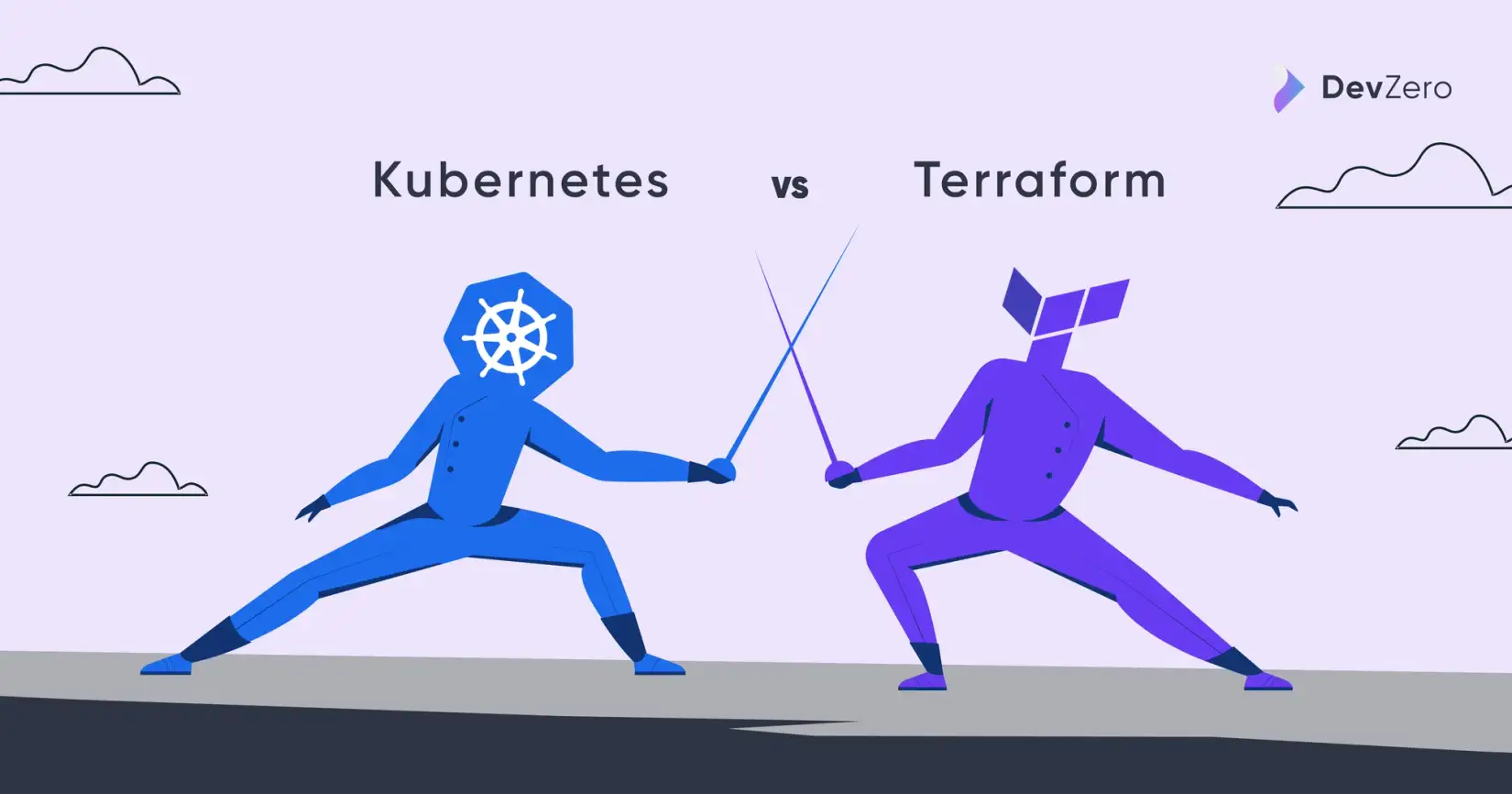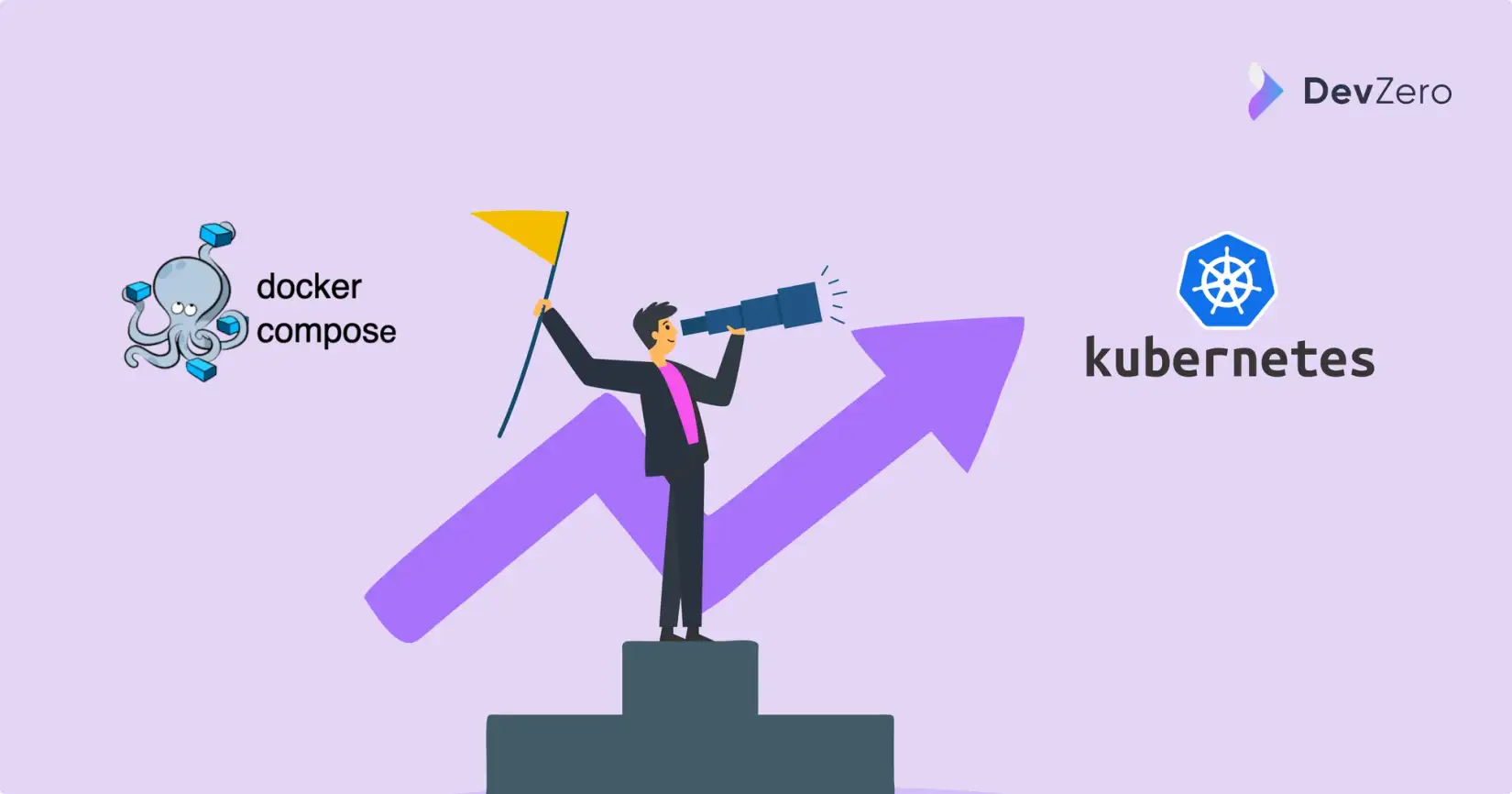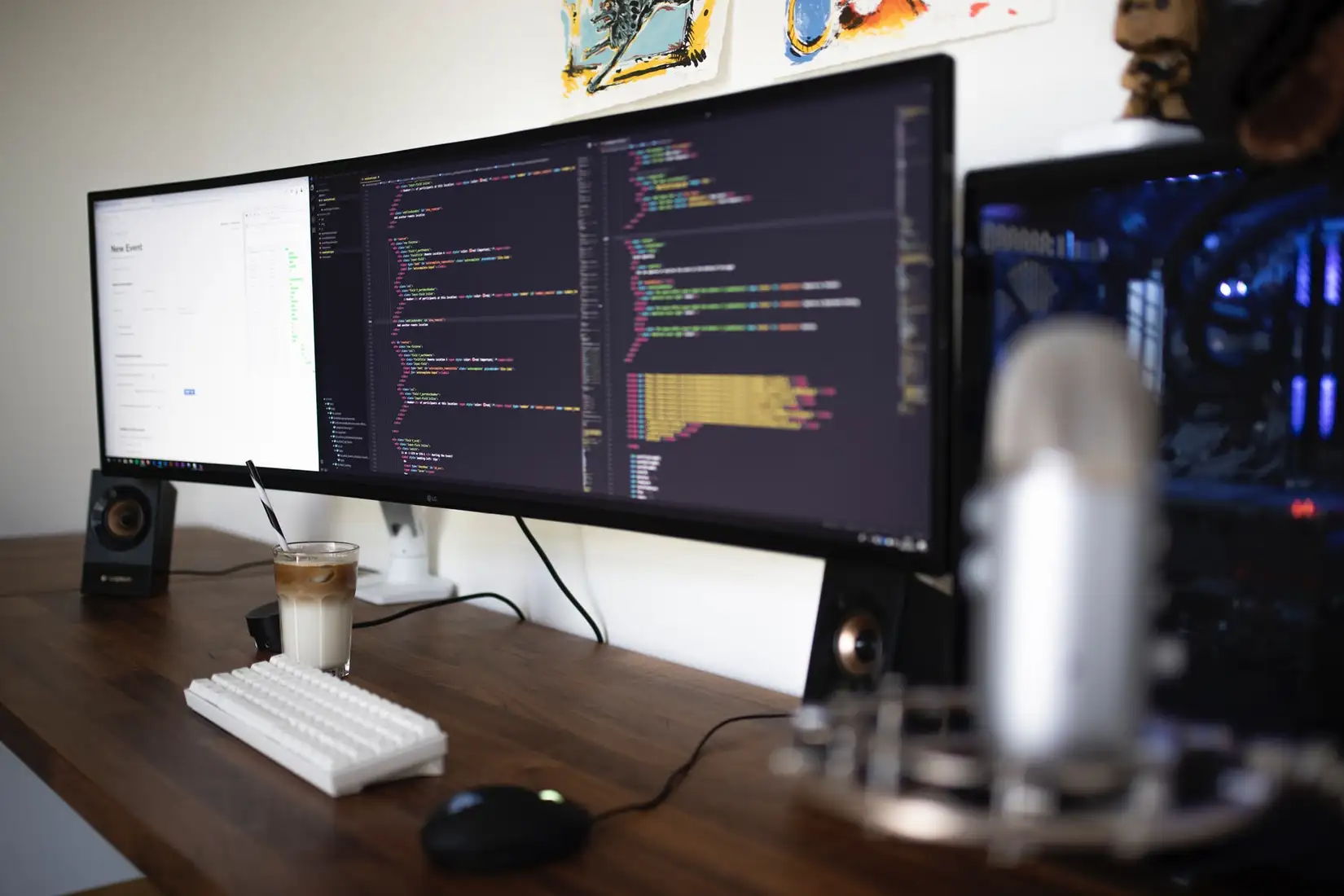As JavaScript containers have emerged in recent years, a debate has developed over their potential impact on Linux containers. Although JavaScript containers are gaining popularity in web services and applications, some wonder whether they will eventually overtake Linux containers as the preferred containerization technology. In this blog post, we'll explore the rise of JavaScript containers and their potential impact on web services, compare them with Linux containers, and discuss the future of containerization.
What are containers? #
Before we delve into the specifics of JavaScript and Linux containers, let's define what containers are. Containers are a way to package and run applications in a consistent and isolated manner, making them easily portable and scalable across different computing environments. Containers provide a high level of isolation between various applications and services, ensuring they don't interfere with each other. Some popular containerization technologies include Docker, Kubernetes, and Node.js.
The rise of JavaScript containers #
A recent trend in containerization is using JavaScript containers. They offer a lightweight, easy-to-use solution for developers already familiar with JavaScript. With JavaScript containers, developers can package their applications and dependencies into a single container and run them on different computing environments. JavaScript containers make it easier to deploy and scale applications without worrying about the underlying operating system or infrastructure.
JavaScript containers vs. Linux containers #
While JavaScript containers have their advantages, Linux containers, particularly Docker containers, are widely used in industry and have a robust ecosystem of tools and support. Linux containers can run various applications and services on different operating systems, making them more versatile than JavaScript containers. Also, Linux containers offer many features and benefits, such as isolation, portability, and scalability, that are critical for modern application development and deployment.

Above table shows the key differences between JavaScript and Linux containers, including the fact that JavaScript containers can run on any operating system, use minimal resources, and have a growing ecosystem with fewer tools and support. On the other hand, Linux containers require a compatible Linux kernel to run, use more resources but are more versatile, and have a mature ecosystem with a wide range of tools and support.
The Importance of Containerization in Software Development #
- Containerization enables efficient implementation of business logic and ensures scalability, portability, and efficiency of applications and services
- Understanding the differences between JavaScript and Linux containers and evaluating the pros and cons of each
- Evaluating whether Docker Compose is the right tool for your production environment, including its ease of use for local development and limitations for more complex production environments.
- Effective management of software development environments, including creating separate development, staging, and production environments to reduce the risk of errors and ensure thorough code testing. Read more here.
- Keeping up-to-date with the latest trends and technologies in containerization to make informed decisions about containerization strategy
- Choosing the right tools and effectively managing software development environments to ensure scalable, secure, and reliable containerized applications.
The future of Containerization #
As containerization continues to evolve, it is vital to keep up with innovative technologies and trends. For example, JavaScript containers are also changing with new container runtimes, such as Deno, which is gaining popularity for its improved security and simpler dependency management.
Additionally, Web Assembly (WASM) is becoming increasingly popular for running compiled code in the browser, making it possible to run applications in a JavaScript sandbox without needing a full-fledged operating system. Microsoft's .NET also provides a runtime for implementing server-side web applications in C#, F#, and Visual Basic.
In software development, containerization is becoming increasingly crucial for implementing business logic and ensuring that applications and services are scalable, portable, and efficient. Whether you are using JavaScript containers or Linux containers, it is essential to understand how they work and the pros and cons of each.
Moreover, JavaScript containers have gained support for various programming languages, including Python, Java, TypeScript, and SQL, which has further expanded their use in software development. As the business logic of web apps is becoming more complex, JavaScript containers provide an efficient way to manage dependencies and streamline the software development process. With the rise of serverless computing and cloud services, Docker images have become the standard for packaging and deploying containerized applications, including JavaScript containers. Overall, JavaScript containers are a valuable addition to the containerization ecosystem, giving an alternative to Linux containers for specific use cases.
Conclusion #
In conclusion, while JavaScript containers offer many benefits for web services and applications, they are unlikely to overtake Linux containers as the dominant containerization technology soon. Linux containers, particularly Docker containers, are widely used in industry and have a mature ecosystem of tools and support. However, with new developments such as Deno, Rust, and container images, containerization technologies will continue to evolve and improve. As always, staying informed and keeping up with the latest trends and developments is crucial for success in the ever-changing world of containerization.
.svg)


.svg)
.svg)
.svg)








.svg)




